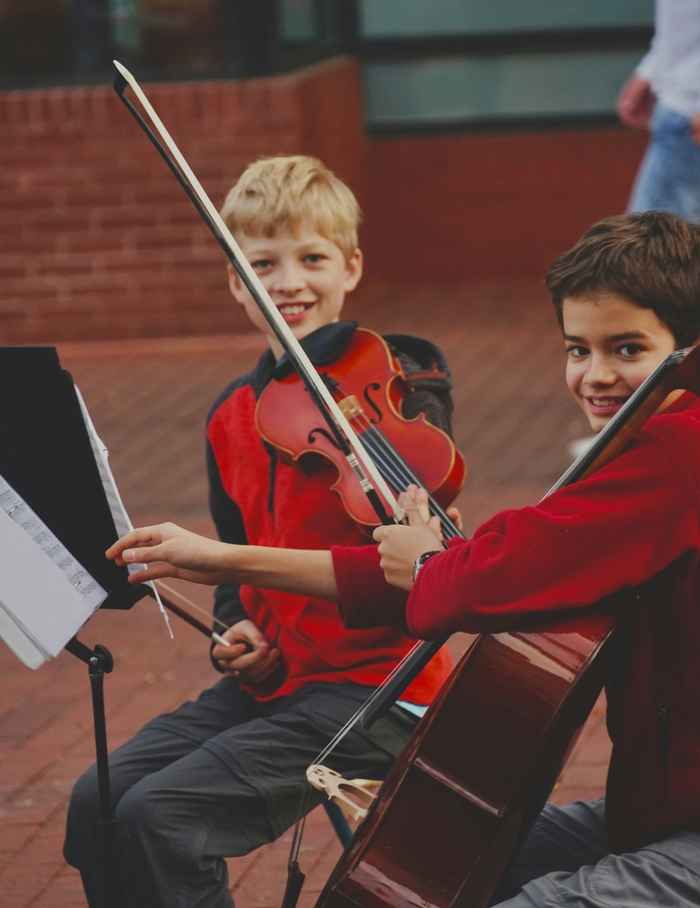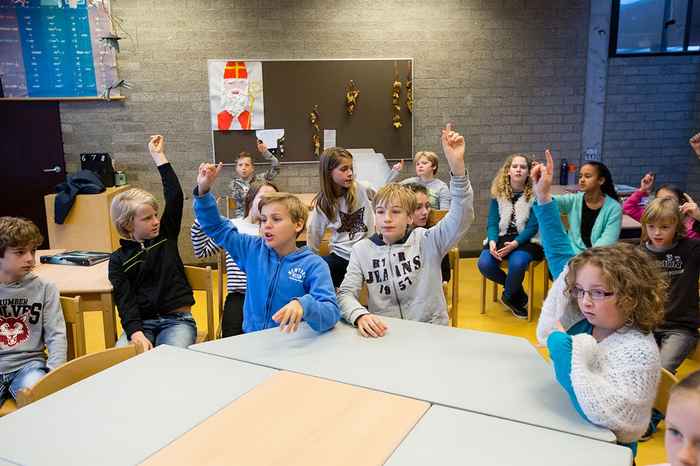Giving positive feedback doesn’t always pay off
18 March 2024

Emotional expressions
Whereas taking a firm hand in the classroom used to be the norm, nowadays there is a greater focus on students’ vulnerability. In order to find out which method is more effective, Gerben van Kleef, professor of Social Psychology, teamed up with Maybritt Larsen and Eftychia Stamkou to study how teachers’ emotional expressions affect students’ performance.
Musical performance
This study, which was conducted at a music school, looked at whether pupils performed better or worse musically, depending on the expression of positive or negative emotions when giving feedback. Pupils’ musical performance was then independently assessed by external experts.
Personality trait
Pupils were assessed in advance on two personality traits. The first one to be investigated was ‘readiness to process information’. This measured the extent to which a person tends to think deeply about something. For example, how much information does a person look up before making a decision? In addition, the personality trait of ‘kindness’ plays a role. This has to do with how kind a person is to other people, and the extent to which they expect other people to treat them with that same degree of kindness.
Kindness as a measure
The experiment showed that pupils who scored higher on the processing of information and lower on kindness performed better musically after receiving negative feedback. Students who thought less deeply about information and scored higher on kindness, on the other hand, performed better when teachers expressed positive emotions, such as happiness.
Everything is fine
‘Children who themselves like to be polite, kind and nice to others expect to be treated the same way themselves,’ explains Gerben van Kleef. ‘They thrive on positive feedback. If you are positive towards “less kind” children who think more about “What exactly does that emotion mean?”, they are more likely to think everything is fine. They see the positive feedback as confirmation that their performance is good and won’t try harder. This group performs better when receiving negative feedback. They’re less bothered by it and can extract relevant information from the advice more effectively.’

Social safety in the workplace
The study shows that there is no hard-and-fast way of giving feedback successfully. It is an issue that has long been talked about not only in education, but also in other layers of society. For example, there has been an increasing focus on social safety within elite sports and the media world. Van Kleef: ‘On the one hand, there are people who say you just have to be tough, because this brings out the best in people. On the other hand, there is a countermovement that says: we have to be nice to each other, then good things will come naturally. Our study shows that both sides are right, but both are also wrong.’
Flexible, but cautious
So how can teachers give the best feedback? Van Kleef has the following tip: ‘Be flexible, but cautious. You don’t always have to be positive, but when expressing negative emotions, make sure the pupil sees the feedback as appropriate. Otherwise, pupils just shrug it off: it becomes too threatening and it misses the mark.’